Caramel Cake
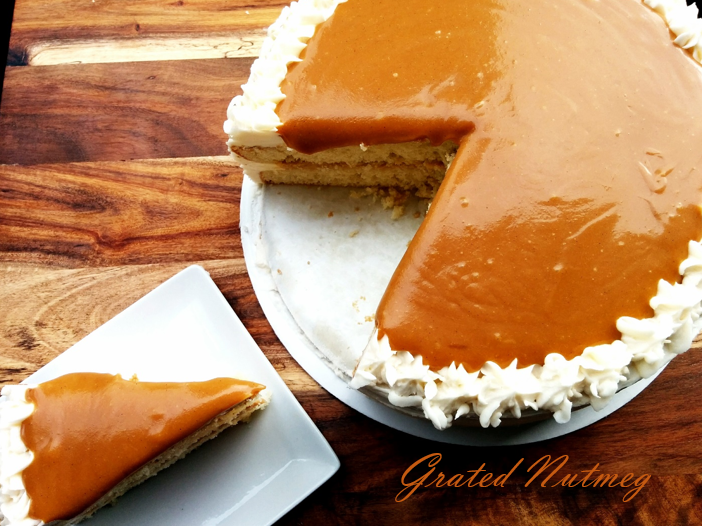
Everyone loves caramel. Now, picture a cake that is all about caramel: it is so good. This cake is one which is made up of 4 components: a vanilla cake, pastry cream, caramel sauce and buttercream frosting. They all combine to produce an amazing cake with a nutty caramel edge. This is an adaptation of a recipe by Anna Olsen. It is a perfect cake for birthday celebrations.
I will be sharing some frosting tips in the recipe explanations below so do watch out for those.
COMPONENTS:
(1) Vanilla Cake (Recipe here)
(2) Vanilla Pastry cream (Recipe here)
(3) Vanilla Buttercream Frosting (Recipe here)
(4) Caramel Sauce (Recipe here)
TOOLS
(1) A Turntable or Lazy Susan
(2) A Frosting Knife
(3) A Cake Board of Equal Size as the Vanilla Cakes
(4) Pipping Bags and Pipping Tips
(5) A Frosting Smoother
(6) A Spatula
PROCEDURE
The pastry cream should be made before hand and chilled in the fridge. The vanilla cake should be baked and cooled. The caramel sauce should also be at room temperature. Make the buttercream frosting too.
(1) Take the pastry cream out of the fridge and mix with a spatula to make it creamy. Pastry cream solidify when placed in the fridge.
(2) To the pastry cream, add 1/3 cup of the caramel sauce and mix well to combine the two together.
(3) Place one of the vanilla sponges on a cake board. The sponge should be placed right side up.
TIP 1: Always use a cake board of the same size as the cake when frosting. This will help ensure that you have straight sides. The cake board will also serve as a guide when you are smoothing sides of the cake with a frosting smoother. Ideally, you should have 2 cake boards: one under the cake and another larger one to cover the turn table so the frosting does not come in contact with the turn table.
(4) Fill some vanilla buttercream frosting in a pipping bag fitted with a tip with a large circular opening. Pipe a border around the cake. This border will keep the pastry cream and caramel filling contained in the cake.
TIP 2: Whenever you are filling a cake with a filling other than a frosting, always pipe a border before applying the filling. Failure to do this will make the filling leak and mix with the outer frosting which will in turn affect the color and smoothness of your cake covering.
(5) Place half of the caramel and pastry cream mixture on the cake and spread with a frosting knife. Keep the filling contained within the buttercream border.
(6) Place the second vanilla sponge on top of the filling. This sponge should be placed inverted.
TIP 3: When frosting cakes, the top layer should always be placed inverted as the bottom of the cake will provide a strong flat surface with sharp sides which in turn will give your cake a better presentation.
(7) Apply a coat of vanilla buttercream frosting over all the cake. This is called a crumb coat which seals in the cake crumbs, thus preventing the crumbs from staining the final coating of buttercream.
TIP 4: Use a frosting spatula to apply the buttercream frosting on the top and sides of the cake.
TIP 5: I always place some frosting in a small bowl which is what I use for the crumb coat. This prevents the rest of my frosting from getting stained by the cake crumbs as a result of the back and forth travel of the frosting spatula.
TIP 6: Apply the frosting generously and use a frosting smoother to scrape off the excess frosting.
TIP 7: When frosting the top of the cake, use a waving motion. If you drag the spatula on the cake, it would tear the cake.
(8) Place the cake in the fridge for about an hour to harden the crumb coat. This would make the second frosting application easier.
TIP 8: Always refrigerate your cakes between layers of frosting. This will provide a firm base for the subsequent layer of frosting.
(9) As the cake chills, mix the leftover caramel-pastry cream filling with the rest of the caramel sauce.
(10) After an hour, take out the cake and apply a second neater layer of buttercream frosting. I used a frosting comb here to make patterns on the sides of the cake, this is optional. Do not bother placing a lot of frosting on the top of the cake as the top will be covered with the leftover filling.
(11) Use a pipping bag fitted with a large round or star tip to pipe a border around the top of the cake.
(12) Pour the caramel mixture on top of the cake. The border will prevent it from running down the sides of the cake.
(13) Place the cake in the fridge To set the caramel mixture.
TIP 9: Always take your cake out of the fridge about an hour before you intend to serve it. This will bring the cake to room temperature and soften the sponge, frosting and filling. This rule applies to all cakes.
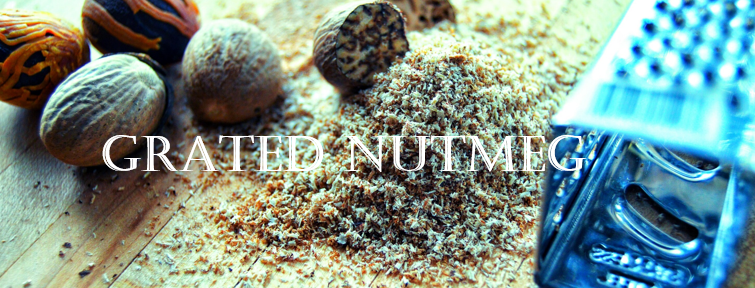
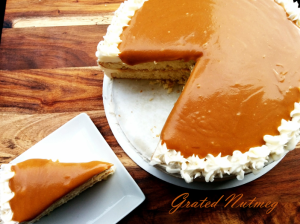
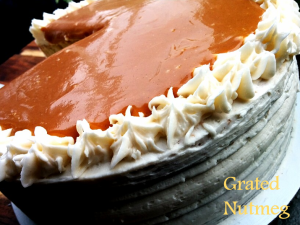
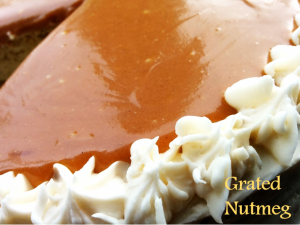
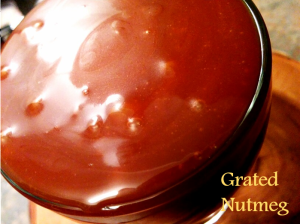
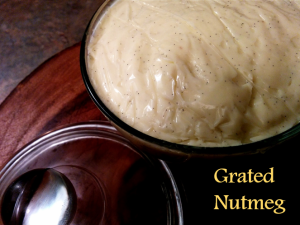
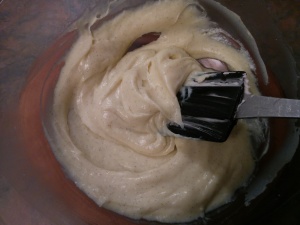
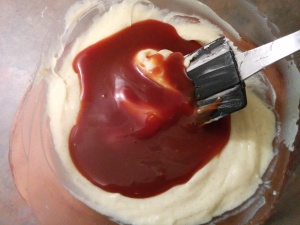
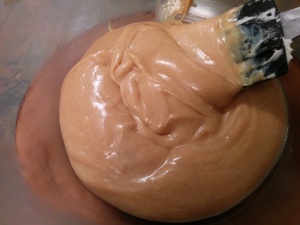
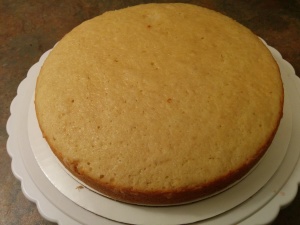
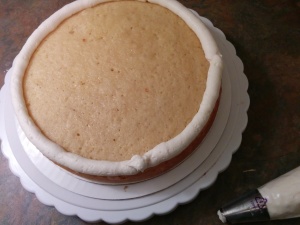
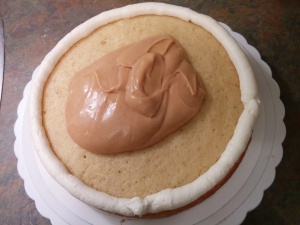
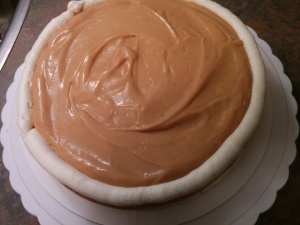
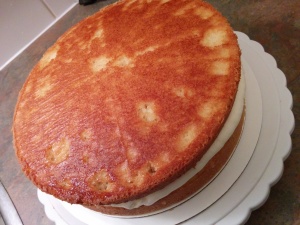
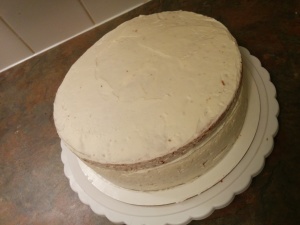
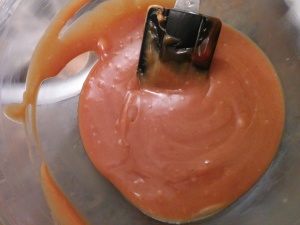
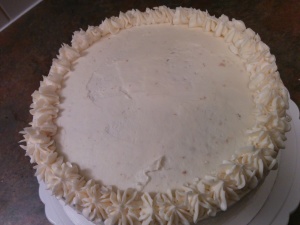
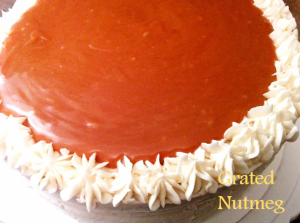
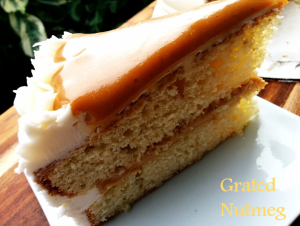
Thanks for this terry, but i dont understand what a weave motiin is?
Neither do I. Where did you come about the term?
Just the same way you wave your hands. Apply the frosting that way: side to side movement of the frosting spatula.
Great
Thanks
Very nice Terry, it looks real yummy. Thanks for sharing…
BTW, I think Valentina means ‘waving motion’, where you talked about crumb coating the top of the cake.
Thanks. Oh I see. Thanks for that.
Thank you for yet another great recipe Terry. You inspire me.